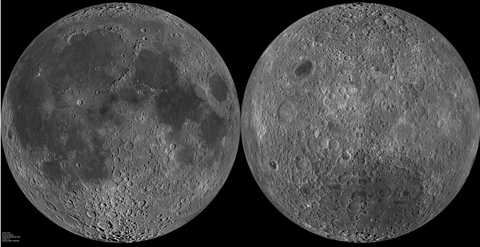Overview
We are going back to the Moon! In 2023, there were five missions to the Moon, with at least six more planned for this year.
By the end of this decade, humans should once again walk on the lunar surface. In this talk, Dr. Stephen Parman will review our current understanding of how the Moon formed and evolved through time and go over NASA’s plans for exploring the Moon in the next decade, including establishing a permanent base on its surface.
• What is the Moon made of?
• What are those dark spots on the Moon?
• How long does it take to get there?
• How does the Moon make the tides?
• Is there a dark side of the Moon?
Bring your questions and Dr. Parman will do his best to answer them.

Speaker's Bio
Professor Stephen Parman is a faculty member at Brown University, specializing in experimental petrology and geochemistry applied to the evolution of rocky planets. His research focuses on the chemical evolution of the Earth, moons, and planets. Parman wields a combination of high-pressure and high-temperature experiments to understand the chemical behavior of geomaterials at depth and uses this information to interpret the geochemical rock record.
Parman earned his Ph.D. from the Massachusetts Institute of Technology under the guidance of Tim Grove. He worked as a Lecturer at Durham University for three years before joining Brown University in 2008. As a Global Visitor Fellow at Carnegie Science, Parman will spend six months collaborating with Staff Scientist Anne Pommier on the Sulfide World Evolution project to measure the physical properties of highly reduced silicate and sulfide melts.
